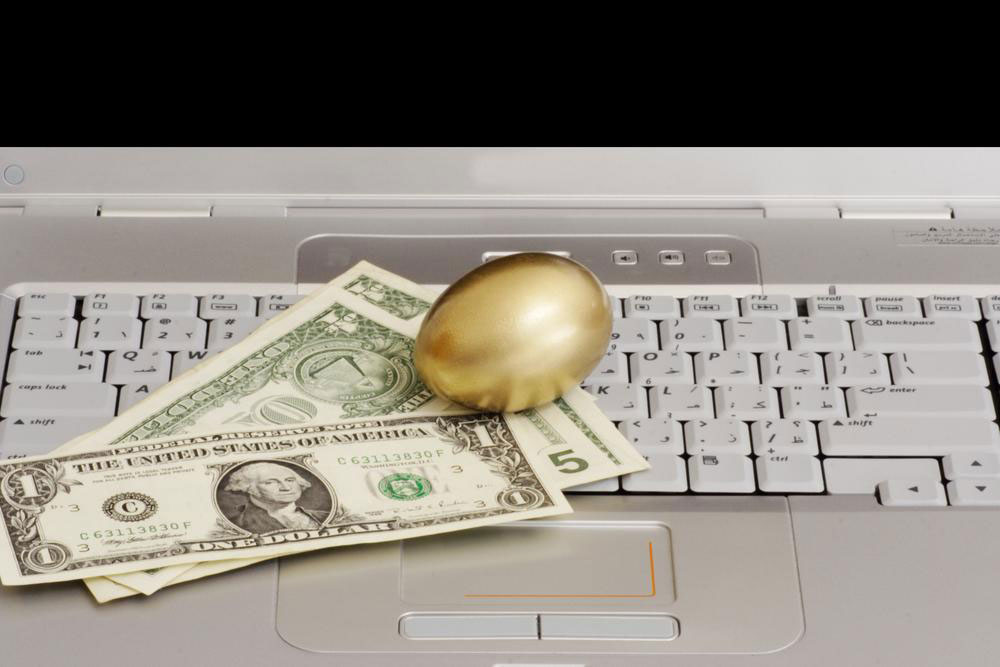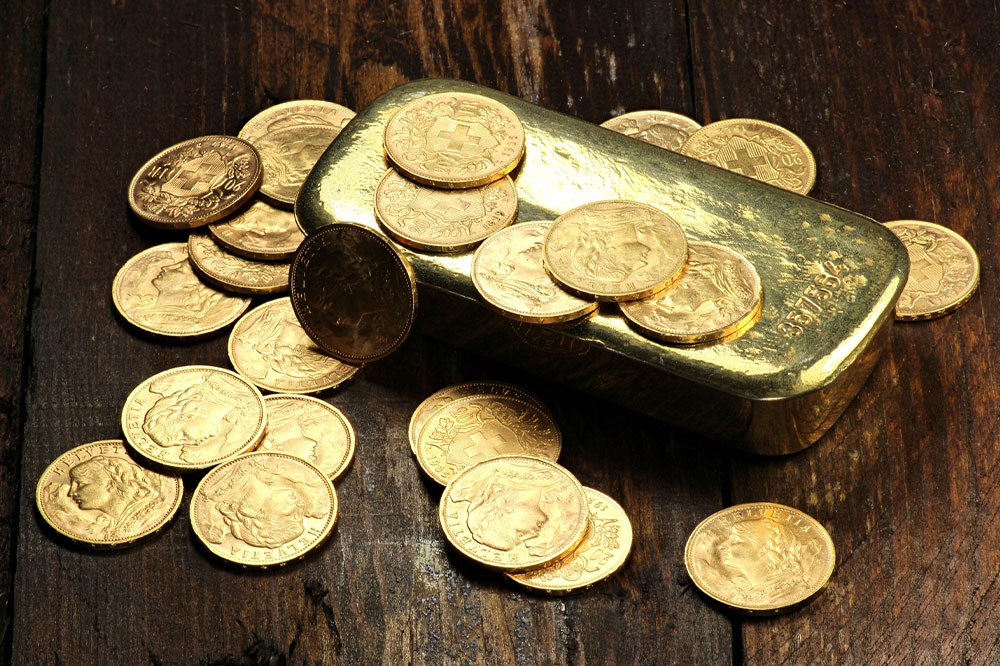Guidelines for Investing in Gold Bullion Assets
Learn essential tips for investing in gold bullion, including selecting the right coins or bars, secure storage options, and how to avoid scams. Discover the advantages of popular gold coins like Canadian Maple Leaf and U.S. Eagle, and understand the importance of dealer reputation and buyback policies for a safe investment experience.
Sponsored

Gold bullion refers to precious metals like gold and silver presented as coins, bars, or ingots, primarily used for trading purposes. The term originates from French finance minister Claude de Bullion. The worth of bullion hinges on its purity and weight, verified through traditional fire assay techniques and modern spectrometry for accuracy. With today’s economic instability, where bank interest rates are minimal and bonds scarce, investing in gold becomes a compelling strategy.
Entering the gold bullion market is straightforward and affordable, akin to purchasing exchange-traded funds. Before proceeding, investors need to decide on the type of bullion—whether coins, bars, wafers, or ingots. For example, U.S. gold coins often carry higher premiums due to manufacturing costs, whereas bars are usually cheaper with lower transaction fees. Proper planning for storage, such as renting a secure safe deposit box, is also essential. Many online vendors offer a variety of options along with secure storage solutions. Some dealers also include buyback guarantees for added convenience, but caution is advised to avoid scams—researching reputable sellers is crucial.
Historically, gold maintains stable buying power unaffected by stock market fluctuations. To maximize safety and liquidity, most investors favor Canadian Maple Leaf and American Eagle coins, which are easily traded. The 24-karat Canadian Maple Leaf and 22-karat American Eagle, guaranteed by the U.S. Mint, are popular choices. The American Buffalo, introduced in 2006, is the purest coin but less traded due to higher costs. Gold bars, typically in 10-ounce sizes, demand careful consideration due to less ease of sale and higher shipping costs.
The U.S. Mint does not sell bullion directly, only proof coins, but provides dealer locations for purchase. Comparing prices among dealers helps ensure you buy at the lowest premium. For convenience and cost-efficiency, 1-ounce coins are recommended, especially the American Eagle in various denominations. When selecting rare coins, expert grading and authentication are essential to avoid overpaying or deception. Additionally, understanding each dealer’s buyback policy, which may include fees, can help when selling later. Conduct thorough research to find trustworthy sources and safeguard your investment.
In conclusion, being vigilant against fraud and choosing reputable sellers enables investors to benefit from their gold holdings. Knowledge and careful planning are key to a profitable and secure gold bullion investment.






